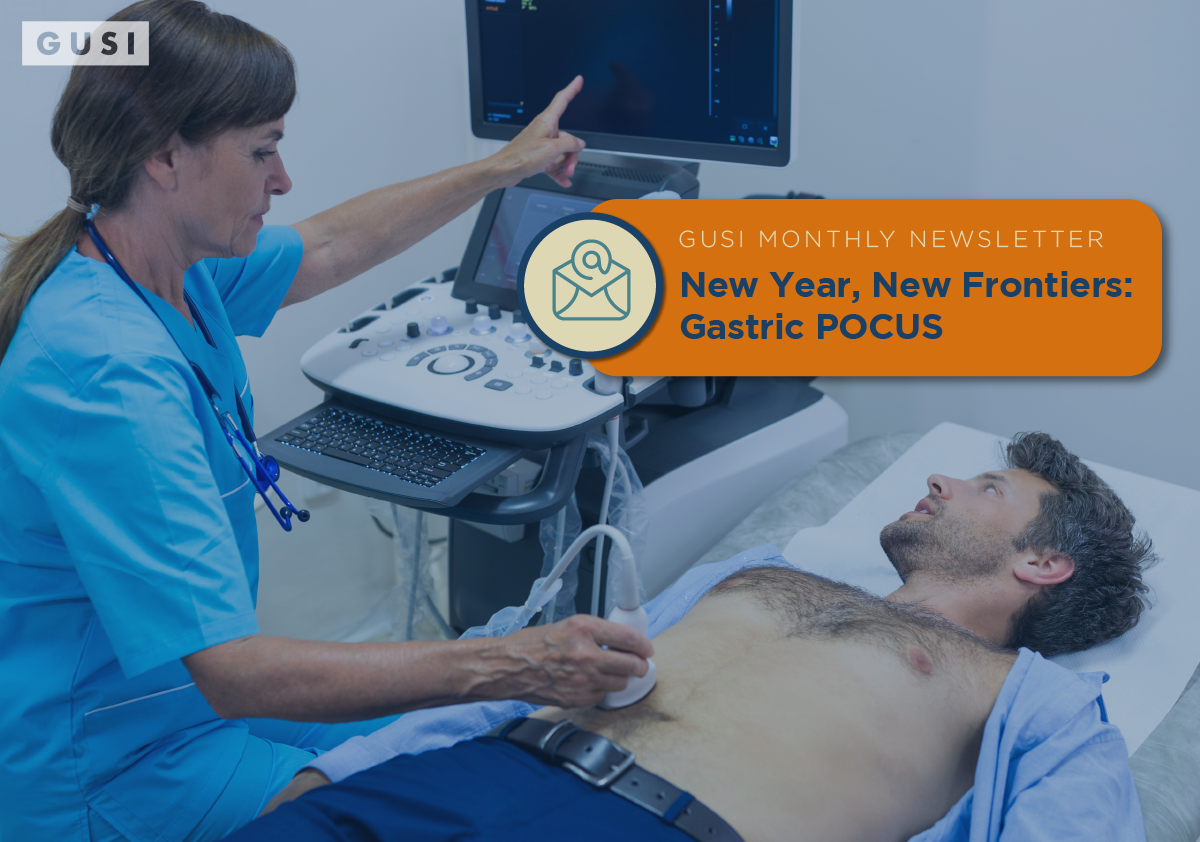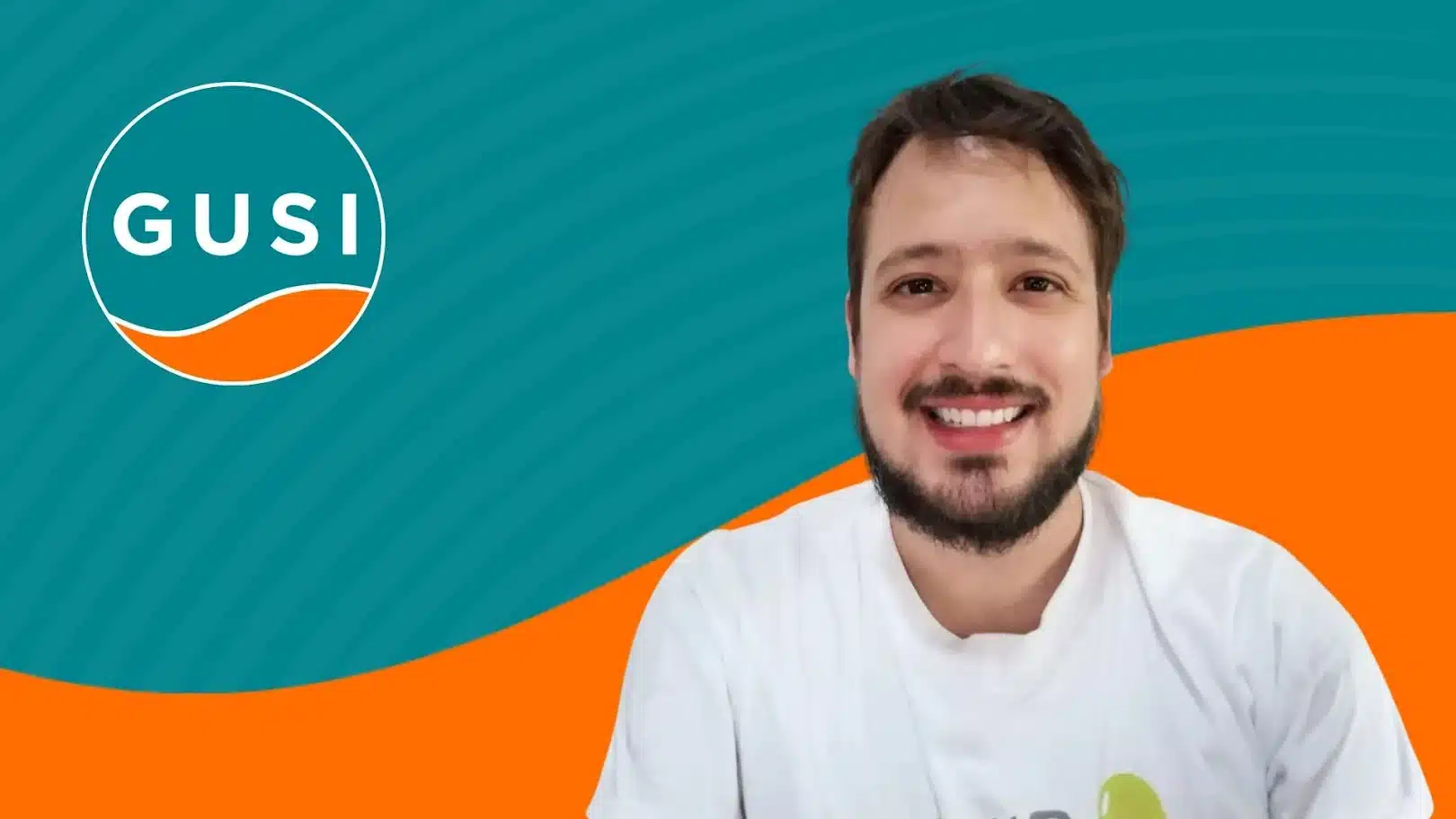It is often said that “air is the enemy of ultrasound.” This is due to the principle of acoustic impedance (Z), which mathematically demonstrates that the greater the impedance between two media, the greater the reflected energy (RE) of the sound wave, ultimately making ultrasonography a ‘sticky’ business.
 |
 |
Ultrasound gel allows us to see into the body by bridging the impedance gap between the skin and air. The body also contains air filled structures that can be difficult to see. Last month, we explored lung ultrasonography, but a new year brings new frontiers and we are excited to bring to you gastric ultrasonography.
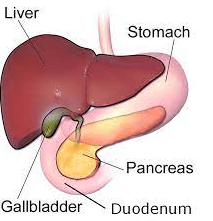 |
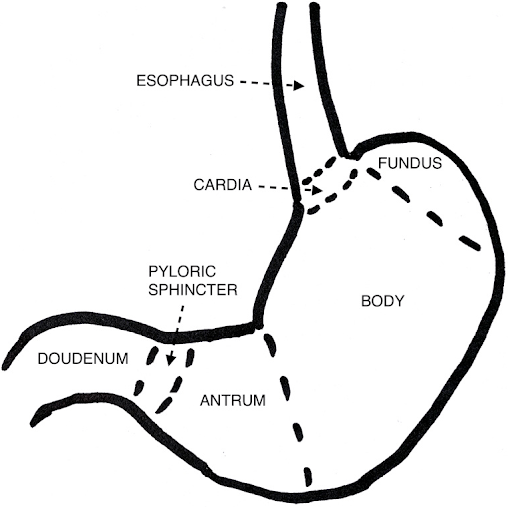 |
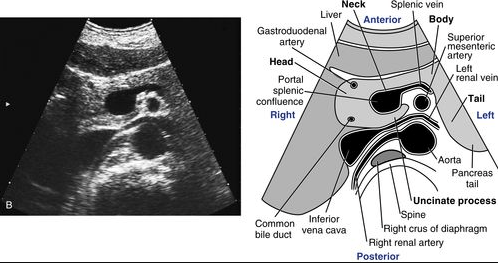 |
|
Often as we perform sonographic evaluation of the gallbladder and aorta, we pass over the pancreas and stomach, giving little consideration for the surrounding organs. In the world of anesthesiology, there has been a recent interest in using POCUS for assessing gastric contents in the perioperative period for patients taking a GLP-1 agonist for treatment of diabetes and obesity management to determine the incidence of retained gastric contents despite standard pre-operative fasting protocols.

In September 2023, the Journal of BioMed Central Emergency Medicine described a technique to utilize ultrasound to predict aspiration in patients undergoing endotracheal intubation and found a gastric craniocaudal (CC) diameter greater than or equal to 2.35 cm (Sn 88%, Sp 91%) or anteroposterior (AP) diameter greater than or equal to 5.15 cm (Sn 88%, Sp 87%) as predictive of aspiration.

The topic was also systematically reviewed by Howle et al in May 2020 in the gravid and postpartum settings, where antral cross-sectional area cutoffs were recommended in the semi-recumbent (608 mm2) and right lateral semi-recumbent (960 mm2) positions. The evidence further supports that gastric emptying is delayed by term pregnancy, labor, and during the early postpartum period.
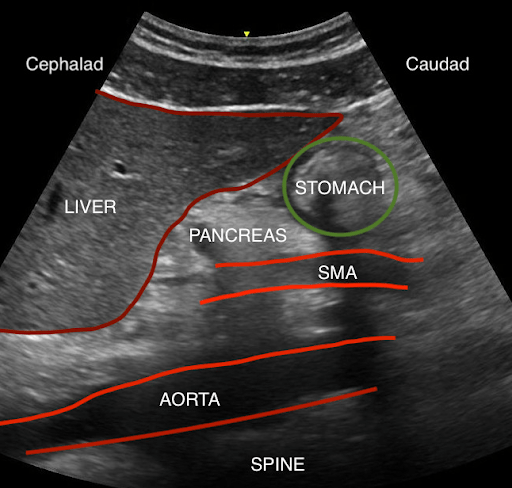 |
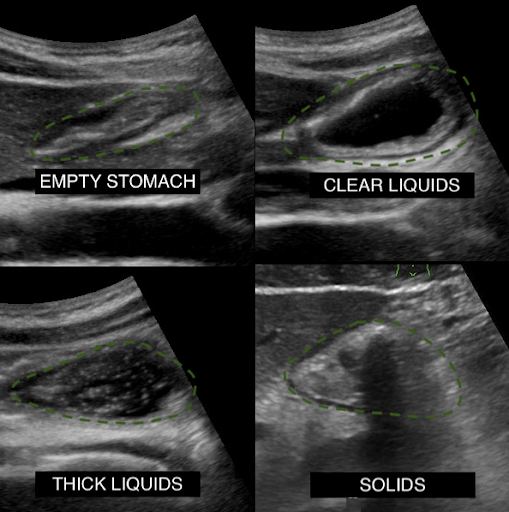 |
Flynn et al. conducted a narrative review of the anatomy of the stomach and adjacent organs, exploring how ultrasound can be utilized to assess gastric content and predict the risk of pulmonary aspiration of gastric contents.

In the pediatric milieu, gastric Point-of-Care Ultrasound has proven valuable for optimizing induction, diagnosing conditions such as foreign bodies and hypertrophic pyloric stenosis, and assisting with confirming nasogastric tube placement. This approach helps avoid delays and minimizes radiation exposure linked to alternative modalities.

As the field of diagnostic ultrasonography, ultrasound-guided techniques, and minimally invasive sono-surgical procedures continues to expand, it is crucial to stay informed about current breakthroughs. This knowledge empowers us to leverage ultrasound effectively, transforming the standard of care and promoting health equity.

 Case Study #1
Case Study #1
A 78-year-old woman is admitted for generalized weakness, anemia, and a week-long history of bloody stools. The hospitalist requests a diagnostic colonoscopy, and the standard bowel prep is administered orally the evening before the scheduled procedure. The CRNA, who will provide sedation, notes the patient’s long history of Type 2 diabetes, taking semaglutide and metformin. Despite being kept NPO, the CRNA is concerned about the patient’s high risk of incomplete gastric emptying. As part of the pre-anesthesia evaluation, a bedside gastric POCUS exam is performed. In the right lateral decubitus position, the measured cross-sectional area of the gastric antrum is 4.9 cm².
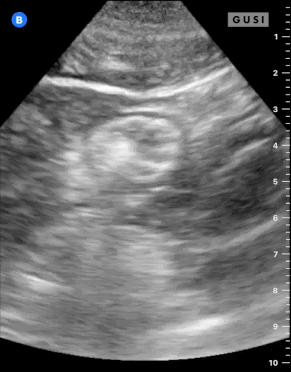
The CRNA recognizes that a cross-sectional area less than 10 cm2 (considered reassuring in an average-sized adult) indicates that the stomach is empty, making it safe to proceed with routine IV sedation.
 Case Study #2
Case Study #2
A 65-year-old male is set for an elective total knee arthroplasty. Upon arrival, the preoperative nurse observes the patient holding a coffee cup and chewing gum, both in violation of the surgery center’s NPO policy. When questioned, the patient senses a potential cancellation of the long-awaited surgery and insists he had ‘only 2 sips of coffee,’ discarding the cup in the garbage. The anesthesiologist and orthopedic surgeon are alerted. The surgeon deems 2 sips of coffee as clinically insignificant, advocating for the procedure to proceed as planned. However, the anesthesiologist expresses concern over potential deception regarding the patient’s oral intake.
A Point-of-Care Ultrasound exam is performed in the pre-op area which demonstrates:
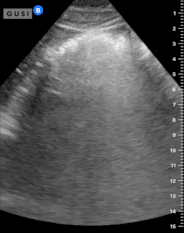
The cross-sectional area of the gastric antrum appears to be 28 cm². Additionally, there is hyperechoic, shadowing material in the gastric antrum, making it challenging to accurately determine the posterior wall. However, the anesthesiologist interprets this as evidence of solid food in the stomach and utilizes the Perlas formula to estimate approximately 350 mL of food and liquid present.
Upon receiving this information, the surgeon decides to cancel the case. Later, the patient admits to forgetting the instructions to arrive with an empty stomach. He reveals that he consumed a Starbucks muffin with his grande cappuccino en route to the hospital.
(Cases contributed by Stephen Erickson, MD FAAFP RMSK)
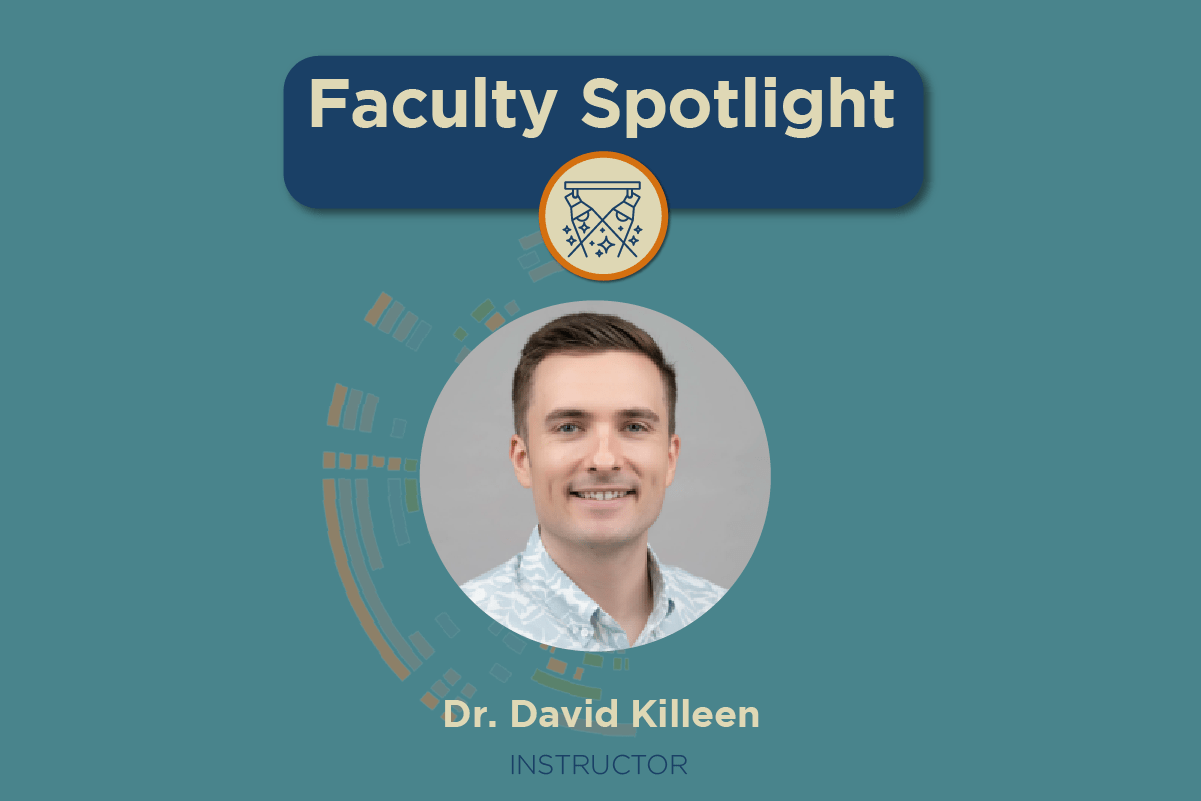
Dr. David Killeen was born in Alexandria, Virginia. Fluent in English and Spanish, David has completed a Master’s degree in Bilingual and Multicultural Education from La Universidad de Alcala de Henares in Madrid, Spain. After working as a teacher, he decided to attend medical school and received his MD from Virginia Commonwealth University in Richmond VA. He completed his family medicine residency at New York Presbyterian – Columbia University. During his training David developed a strong interest in ultrasound. He completed his fellowship in clinical ultrasound at the University of Pennsylvania where he was the first family medicine fellow at Penn to do both inpatient and outpatient medicine.
He is passionate about bringing Point-of-Care Ultrasound to all areas of medical care with a particular focus on primary care. David believes POCUS can improve patient outcomes, access to care and improve the doctor-patient relationship. His dedication extends to expanding POCUS across patient populations, including those traditionally underserved both domestically and abroad. David has taught courses to medical students at the University of Pennsylvania, family medicine and internal medicine residents across the country and has worked internationally along the US-Mexico border, Colombia, Dominican Republic and Spain.
His current position at Neighborhood Health, a Federally Qualified Health Center (FQHC), in Alexandria, Virginia, where he is creating an ultrasound program to serve both patients and educate staff that will serve as a model for programs and clinics across the country.
His love for education and expanding the reach of POCUS for better patient care drives him to clinical, education and research roles. He eagerly anticipates collaborating with clinics, residency programs, and providers to tailor POCUS education to meet their clinical needs and enhance capacity. David is active in POCUS research with a special emphasis on soft tissue applications in primary care.
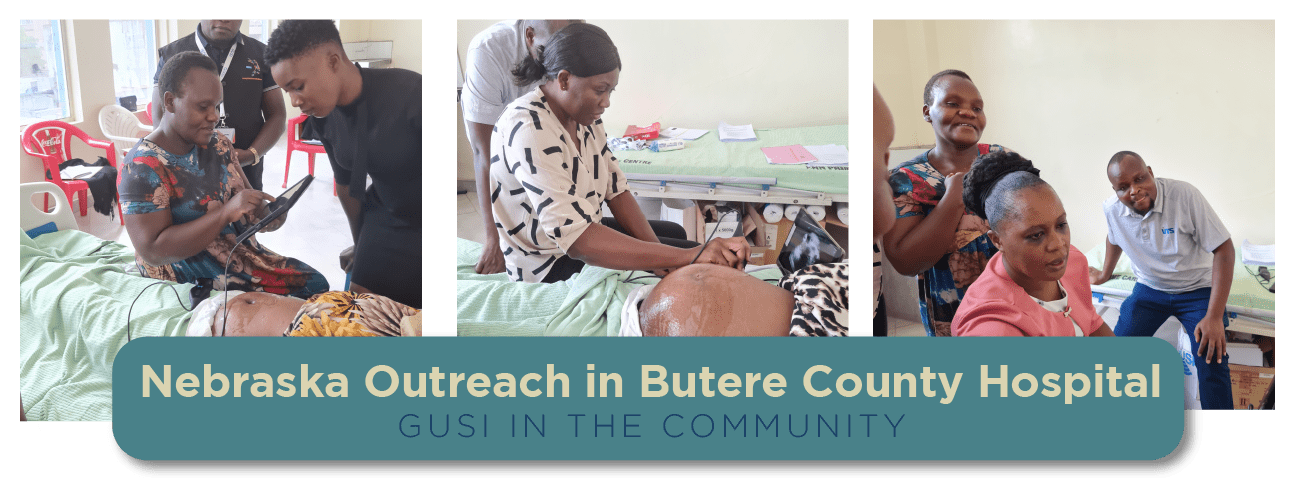
In a heartwarming display of community support, Nebraska Outreach came together to donate a crucial probe to Butere County Hospital in Kenya. Their generosity went beyond a crucial probe donation, extending to covering the entire cost of training. GUSI spearheaded Obstetrics (2nd and 3rd trimesters) training, a pivotal initiative that unfolded over five enlightening days, starting on January 8. The Nebraska community’s generosity and commitment have undoubtedly left a lasting impact on healthcare in Butere County, Kenya, fostering knowledge and empowerment.
GUSI’s Health Equity Research Exchange (HERE) Program
At Global Ultrasound Institute, we’re dedicated to sharing POCUS globally and promoting health equity. Through the Health Equity Research Exchange (HERE) program, when residents learn with GUSI, we offer a full scholarship to a resident in a low- or moderate-income country. Join us to advance your skills and be part of a global community of POCUS practitioners shaping the future of healthcare. Learn more and sign up to participate
“Of all the forms of inequality, injustice in health is the most shocking and the most inhuman because it often results in physical death”
–Dr Martin Luther King
